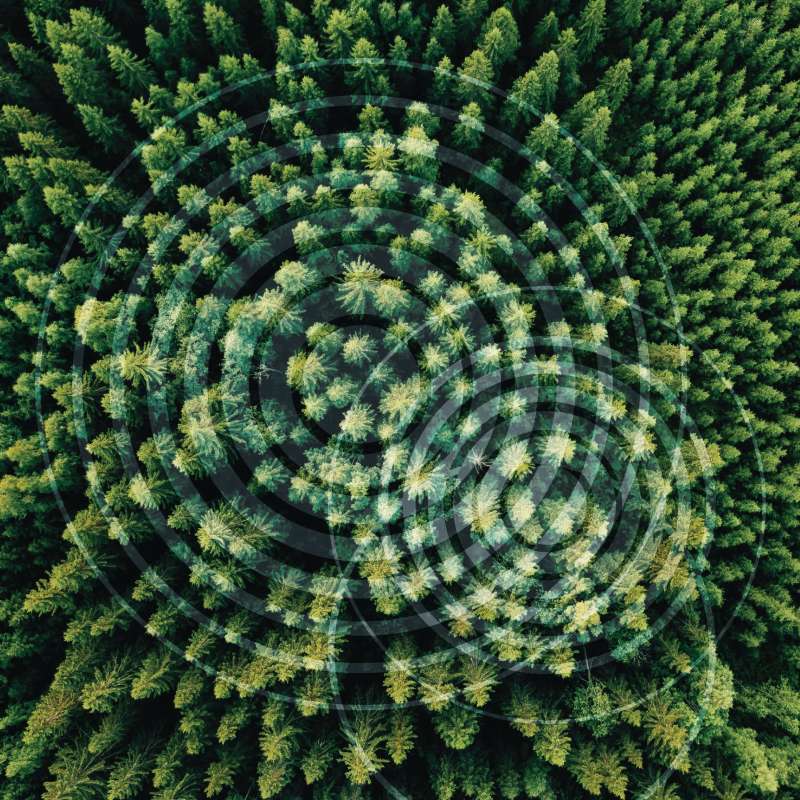Maciej Wielgosz
Forsker
Biografi
Min ekspertise ligger innenfor feltet maskinlæring; jeg jobber med segmenteringsmodeller for punktskyer. Mitt hovedfokus er å håndtere utfordringene som stilles av sparsomme deler av punktskyer, spesielt de som er avgjørende for skogbruksapplikasjoner, som seksjonene nær bunnen av trestammer. Mens data fra droner og fly er lett tilgjengelige, kan det å sikre høy semantisk nøyaktighet under behandling være ganske innviklet. Derfor er det behov for nye metoder i instans- og semantisk segmentering av punktskyer.
Sammendrag
Det er ikke registrert sammendrag
Sammendrag
Det er ikke registrert sammendrag
Sammendrag
Det er ikke registrert sammendrag

Divisjon for skog og utmark
Automating Biodiversity Mapping: AI Applications in the Identification of Forest Habitats
I dette prosjektet skal vi undersøke hvordan KI og smarttelefoner kan brukes ved kartlegging av viktige skogstrukturer, og komme forbi begrensninger med tradisjonelt feltarbeid.

Divisjon for skog og utmark
SFI SmartForest: Bringing Industry 4.0 to the Norwegian forest sector
SmartForest will position the Norwegian forest sector at the forefront of digitalization resulting in large efficiency gains in the forest sector, increased production, reduced environmental impacts, and significant climate benefits. SmartForest will result in a series of innovations and be the catalyst for an internationally competitive forest-tech sector in Norway. The fundamental components for achieving this are in place; a unified and committed forest sector, a leading R&D environment, and a series of progressive data and technology companies.
